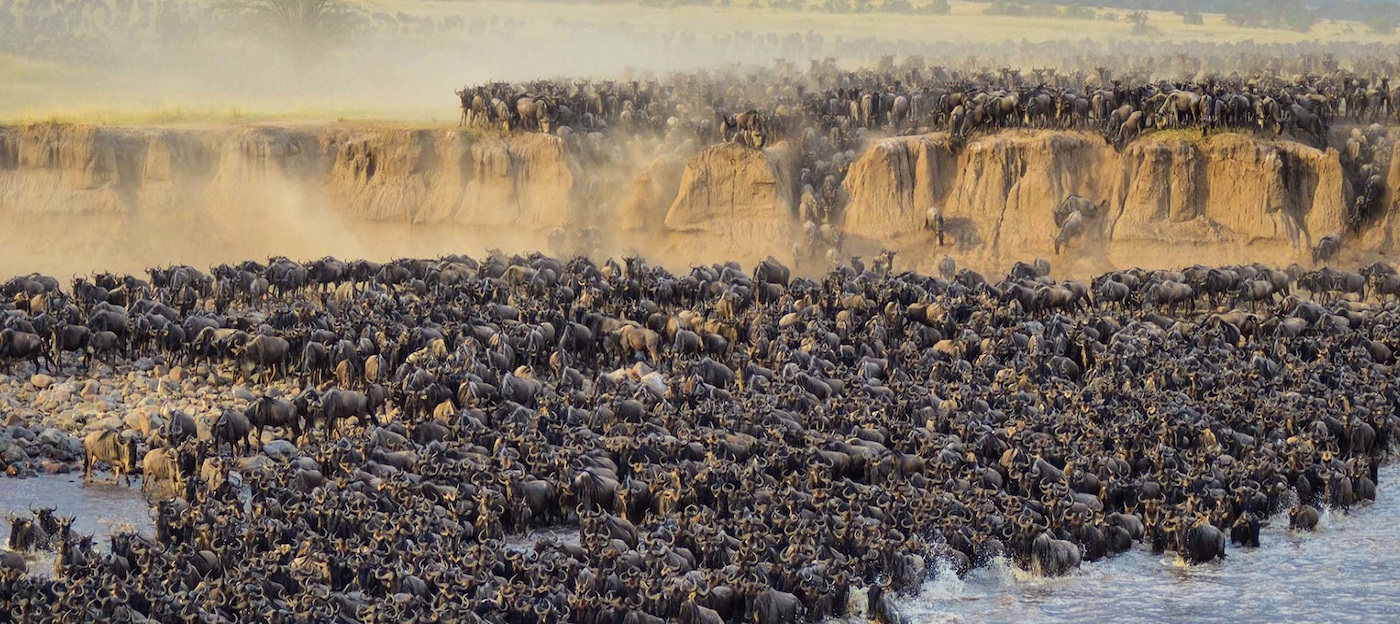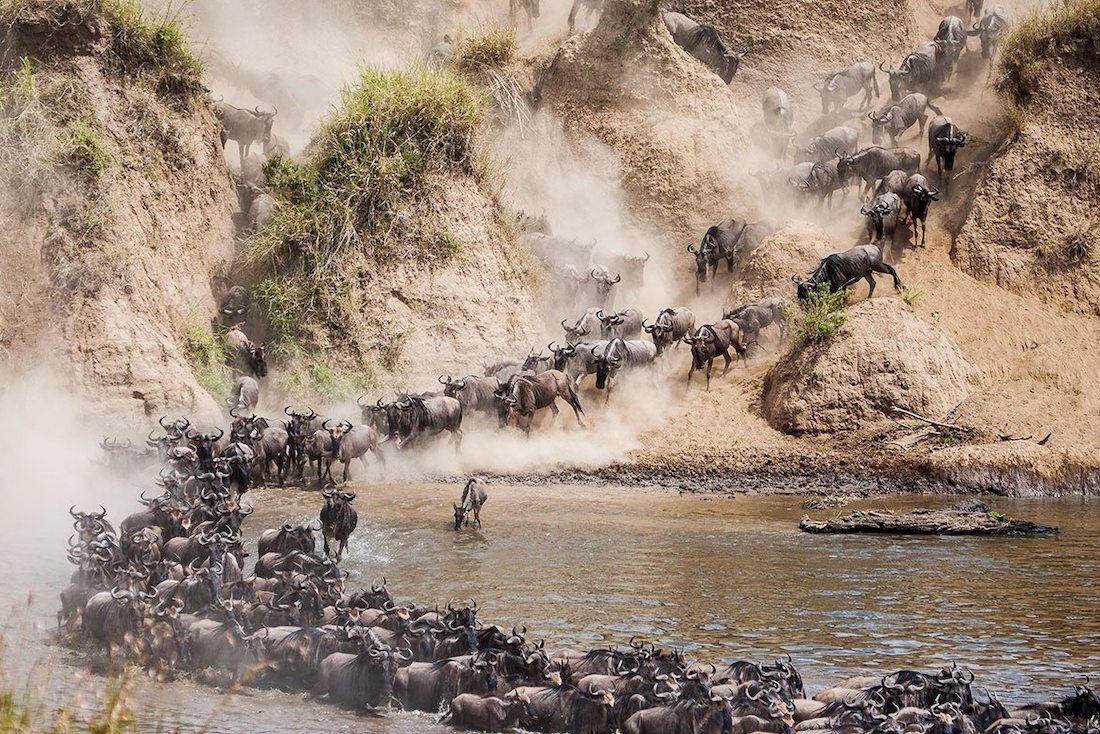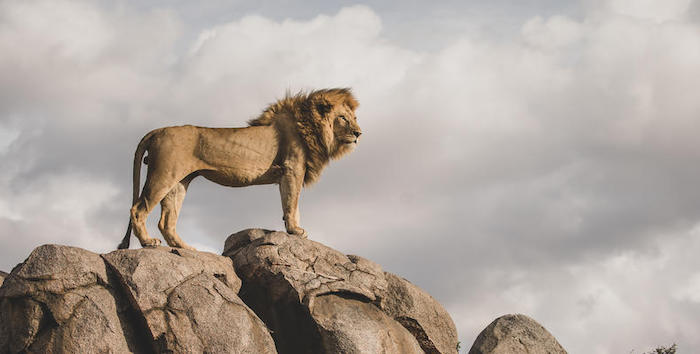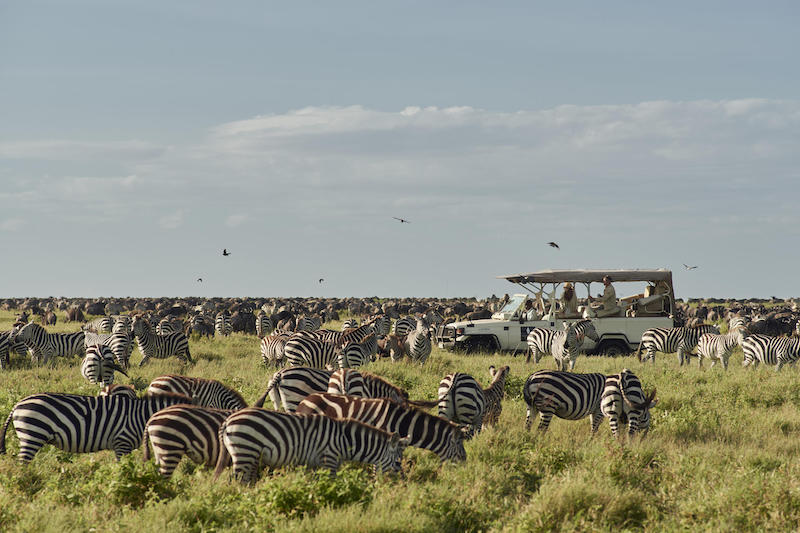Serengeti National Park is one of Africa’s most iconic and revered wildlife destinations. Renowned for its breathtaking landscapes, exceptional biodiversity, and the world-famous Great Migration, it’s a place where nature’s wonders unfold in their purest form. Established in 1951, the park spans over 14,763 square kilometers (5,700 square miles) and offers visitors an unforgettable safari experience. Serengeti is a UNESCO World Heritage Site and a cornerstone of Tanzania’s tourism industry, attracting travelers from all over the globe. Serengeti’s combination of expansive plains, thriving wildlife populations, and dramatic natural events makes it a must-visit destination for nature enthusiasts and photographers alike.
Location: Where is Serengeti?
Serengeti National Park is located in northern Tanzania, forming a crucial part of the Serengeti-Mara ecosystem. It borders Kenya to the north, where it connects seamlessly with the Masai Mara Game Reserve. To the west, its boundaries extend to Lake Victoria, providing a unique landscape transition from the savannah to the lake region. The southeastern boundary merges into the Ngorongoro Conservation Area, famous for the Ngorongoro Crater. Its strategic location makes Serengeti accessible from various entry points, whether you’re traveling from Arusha, Mwanza, or even Nairobi, Kenya. The park is divided into distinct regions, each with its own unique geographical features and wildlife highlights, ensuring a diverse safari experience regardless of the entry point.
History of Serengeti National Park
The history of Serengeti is deeply intertwined with both human and natural heritage. The name “Serengeti” originates from the Maasai word “Siringet,” meaning “an endless plain,” which aptly describes the park’s vast, open landscapes. Historically, the Maasai people used the plains for grazing their livestock, coexisting with the abundant wildlife. However, in the early 20th century, increased hunting activities and human settlement began threatening the ecosystem. Recognizing the need for conservation, Serengeti was designated as a game reserve in 1921 and later upgraded to a national park in 1951. The establishment of Serengeti paved the way for Tanzania’s conservation efforts, and today, it stands as a testament to the balance between wildlife preservation and tourism development. The park’s evolution has also been supported by significant scientific research, including studies on predator-prey dynamics and the Great Migration.
Geography of Serengeti National Park
Serengeti’s geography is as diverse as its wildlife, encompassing a variety of landscapes that form a mosaic of ecosystems. The park is predominantly characterized by vast open grasslands, particularly in the southern and central regions. These plains are interspersed with rocky outcrops known as kopjes, which provide shelter and vantage points for predators like lions and leopards. To the north, the terrain becomes hillier, with dense woodlands providing a refuge for animals during the dry season. The western corridor features lush riverine forests and floodplains, sustained by rivers such as the Grumeti. This diversity of habitats ensures that Serengeti supports a wide array of flora and fauna, creating a dynamic ecosystem that changes with the seasons.
Check out our different Tanzania luxury safari packages, most of which includes nights or more in the Serengeti National Park.




